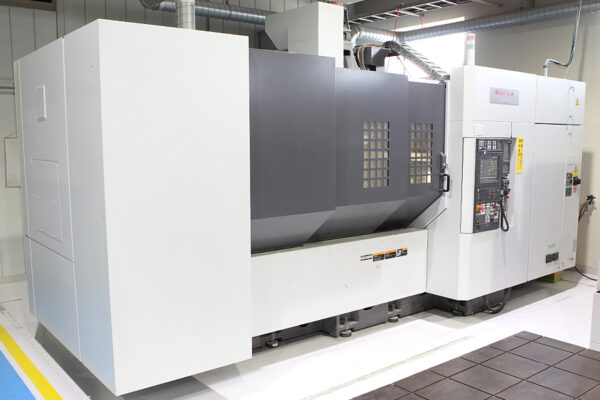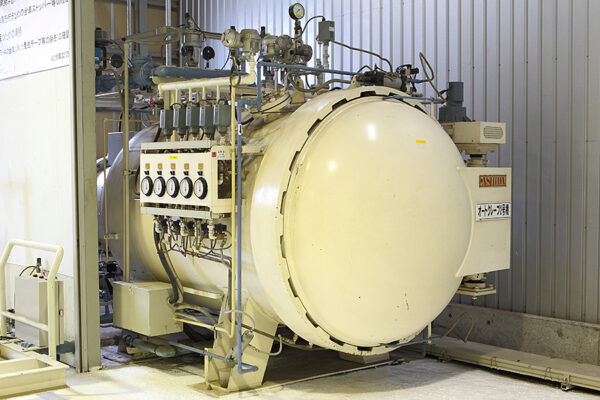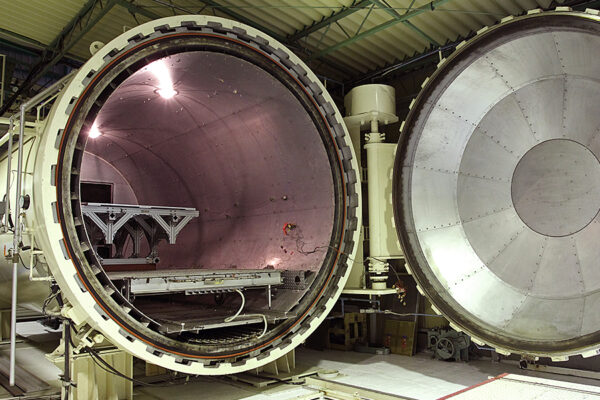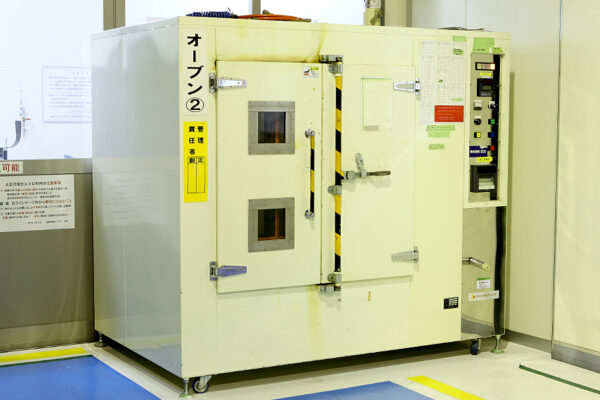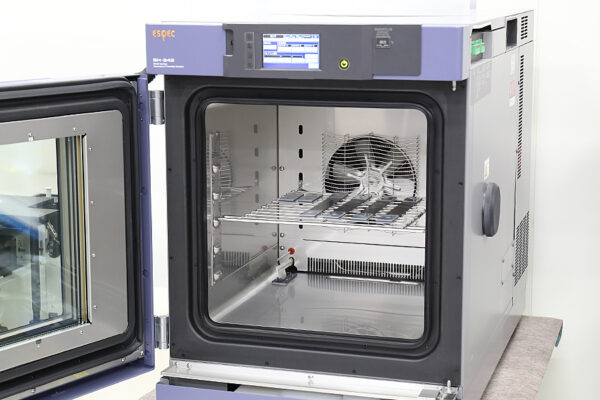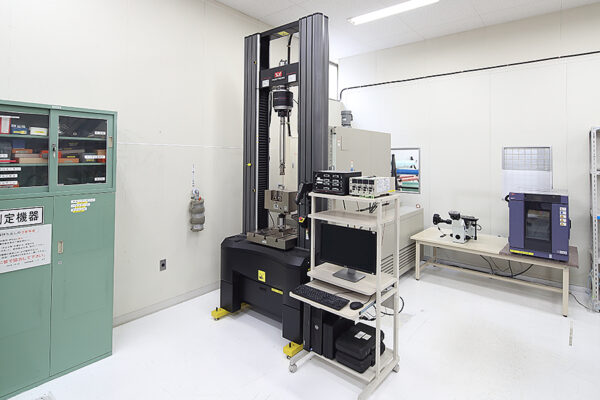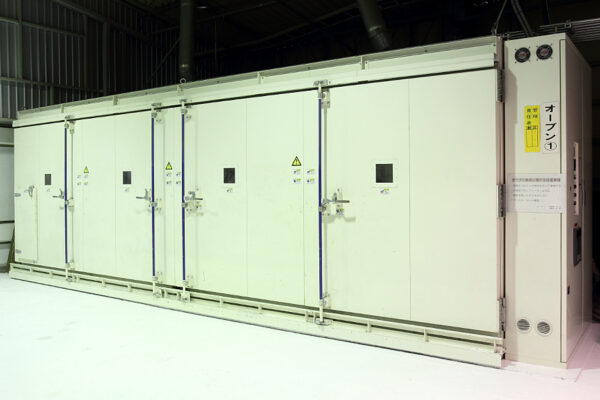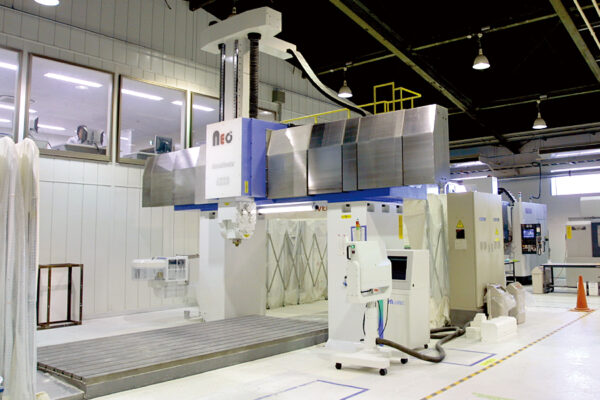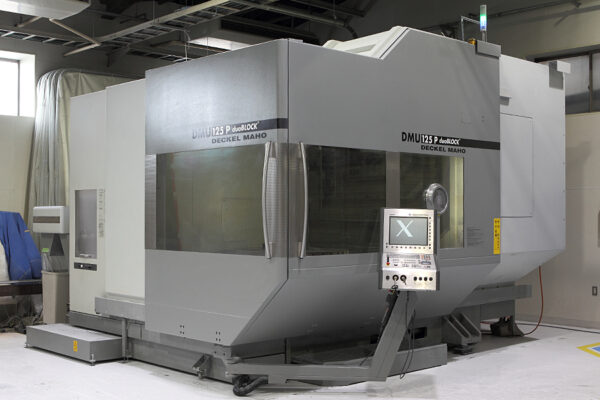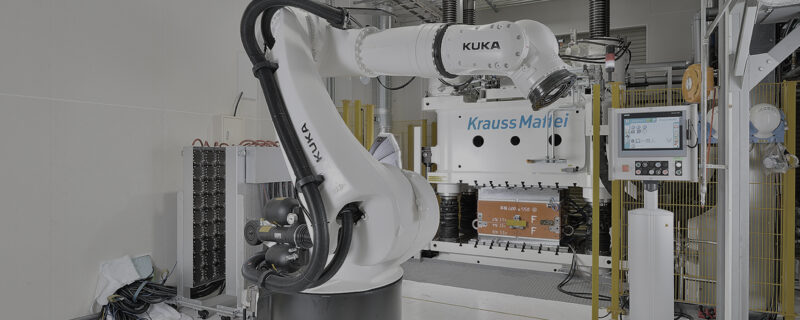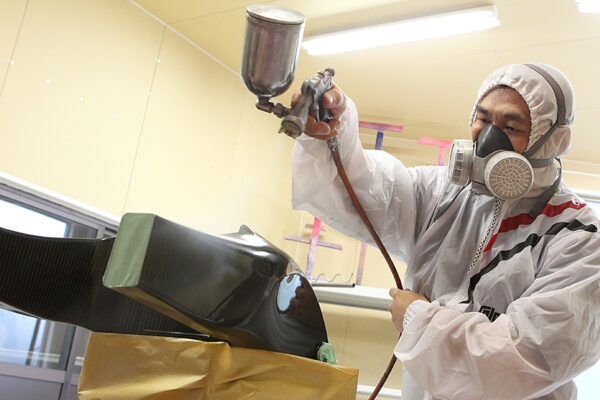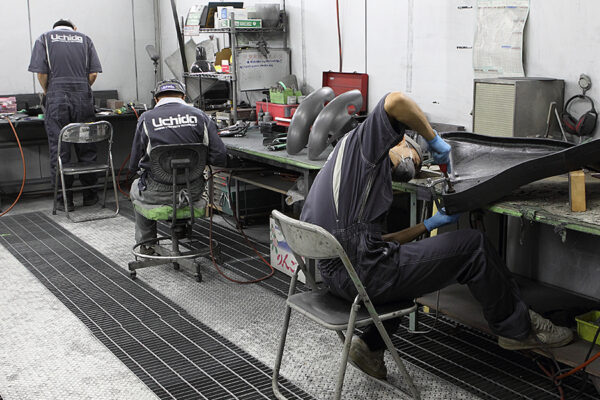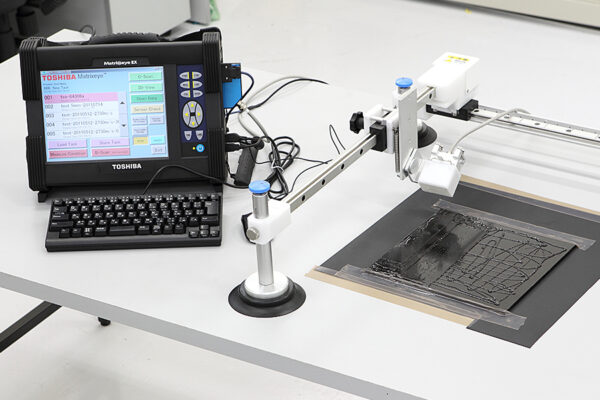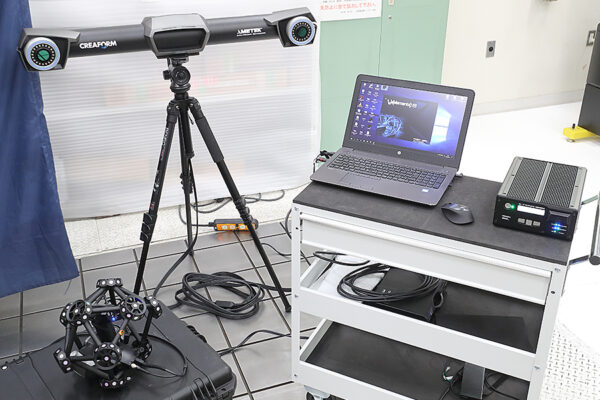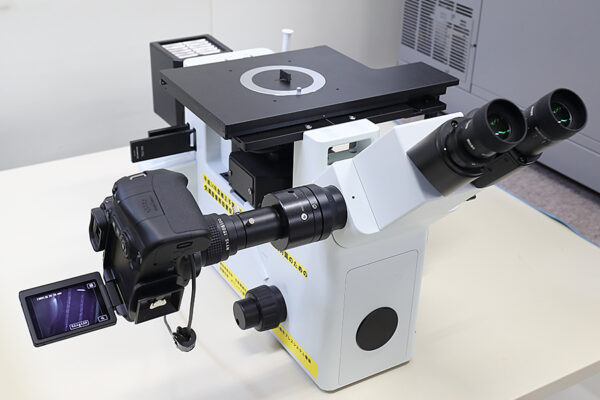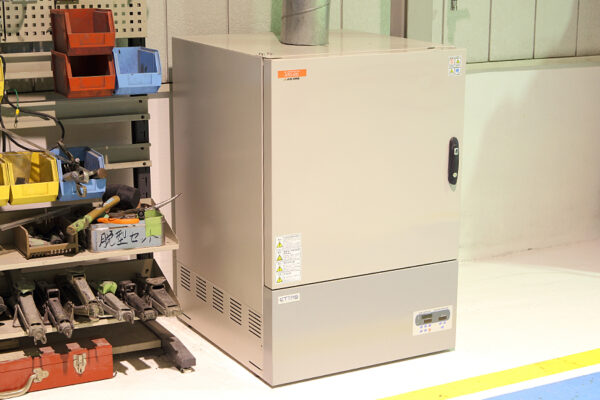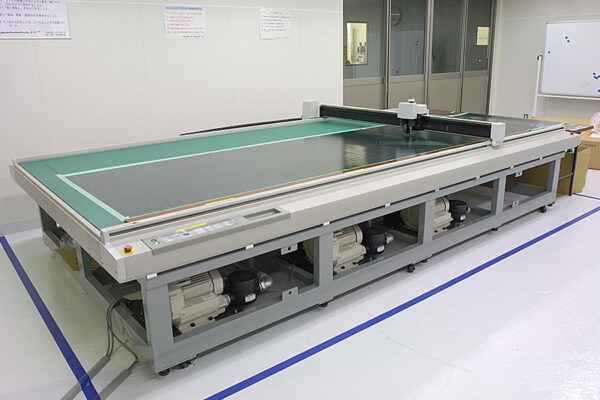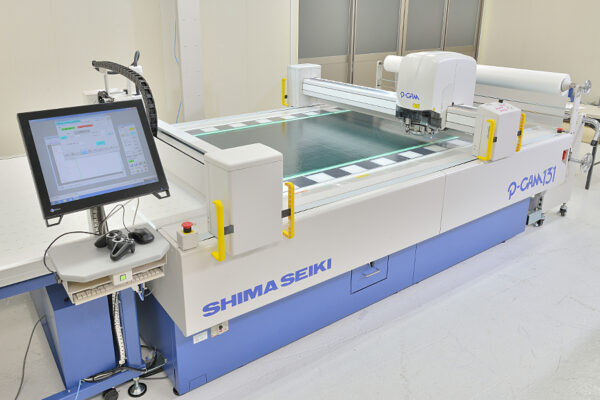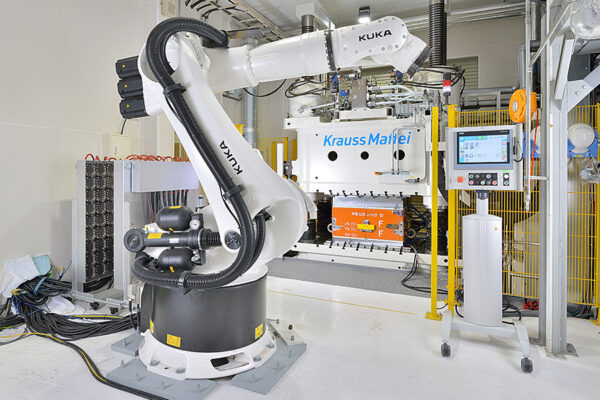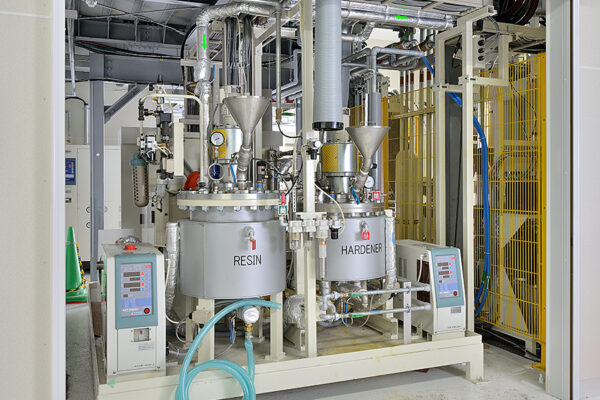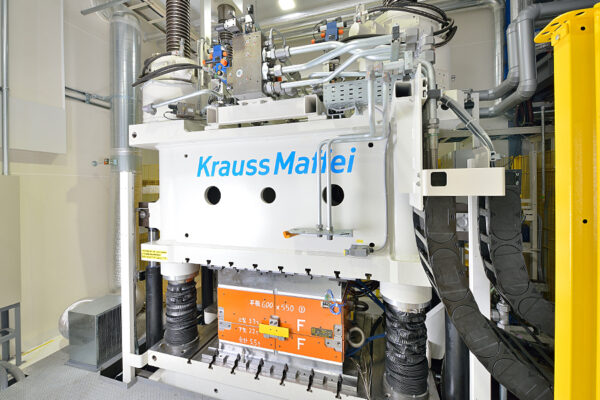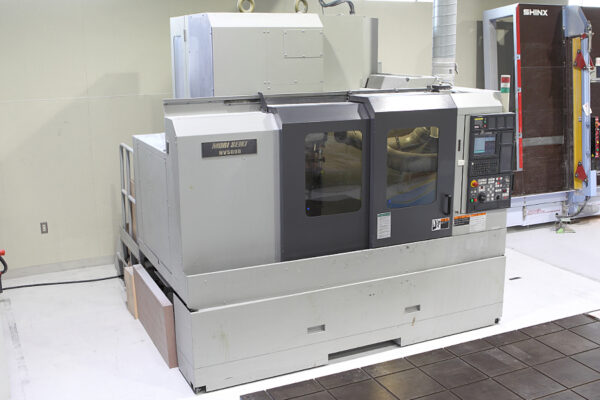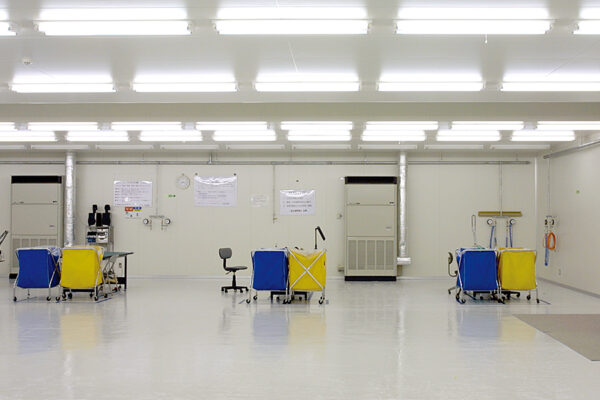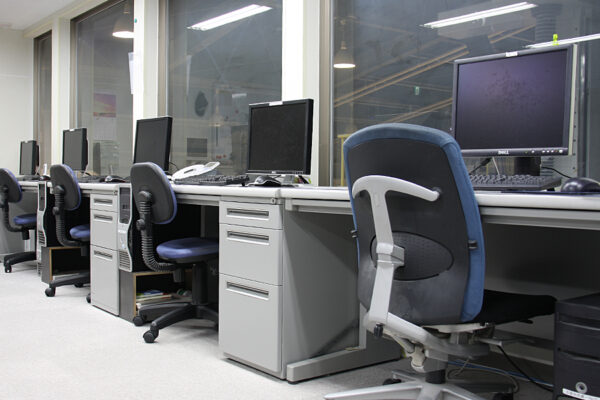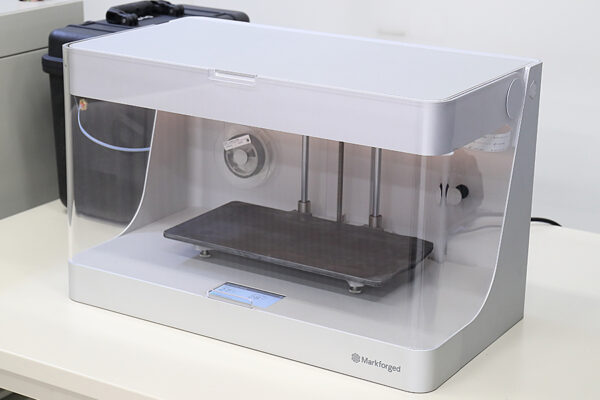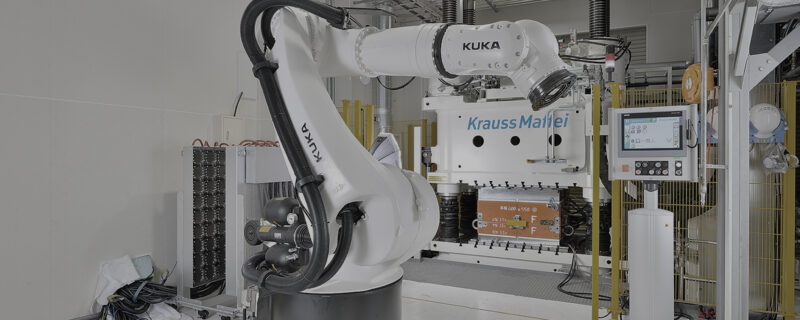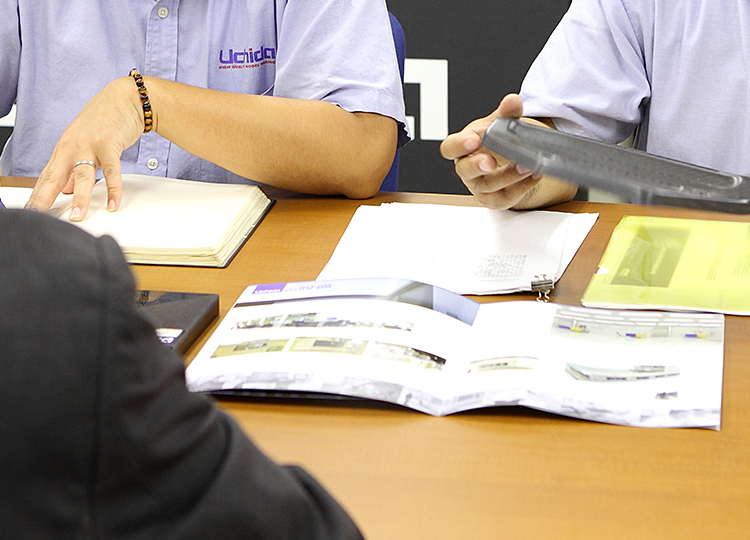Introduction
In this issue, we will examine CFRP, a term and type of Fiber Reinforced Plastic (FRP) that has become synonymous with lightweight robust materials.

Overview
This issue covers molding temperatures in autoclaves, which are indispensable for producing high-quality CFRP products (dry carbon).
CFRP Molding Temperatures
Molding temperatures for CFRP and other polymer-based composites will depend on the properties of the resin employed as the matrix. Thermosetting CFRP (CFRTS) typically use an epoxy resin, with molding temperatures ranging from 120°C to 180°C, while other resins such as vinyl ester, bismaleimide, cyanate, and polyimide resins are cured at temperatures ranging from 200°C to 400°C based on the resin curing reaction temperature. Thermoplastic CFRP (CFRTP), on the other hand, requires temperatures up to about 400°C to melt advanced polymers, referred to as Super Engineering Plastics, such as PEI, PEKK, and PEEK.
Molding Temperature and Pressure Controls
Molding pressure is a key feature when it comes to autoclave molding high-quality and stable products. The inside of the chamber is pressurized with compressed air to ensure an evenly applied pressure while minimizing the formation of any voids or bubbles in the product. Typically, molding pressure is controlled at around 0.3MPa to 1.5MPa, or 2.0MPa depending on the product.

Autoclave operation is automated based on parameters such as molding temperatures (curing rate), holding times, pressurization timing, pressure rise/hold times, and cooling times, which we program according to the characteristics of the resin used, product structure, type of mold materials used, and so forth.

If the autoclave can handle 400℃ and 2.0MPa, then we can mold polymer-based CFRPs.
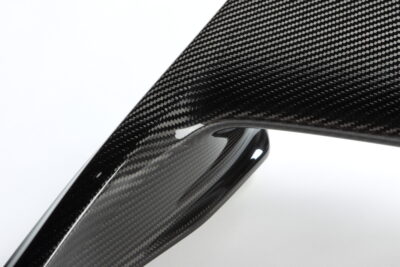
CFRP fabricated with autoclaves or other equipment capable of molding high-quality CFRP is sometimes called “dry carbon.”

Summary
This article delves into the autoclave method used for high-quality molding of carbon, CFRP, and other composites. The lack of available information makes it difficult to fully understand the ins and outs of these advanced materials. For starters, high-quality CFRP production in one stop is impossible without autoclave molding and specialized facilities and equipment for material storage, cutting processes, clean room processes, inspection, and machining. We hope this provides insight into the manufacturing processes and needs of CFRP and other polymer-based composites.
Related useful contents
You can explore related content by clicking on a topic of interest.
ABOUT UCHIDA - 55 years since our founding
We leverage a wealth of technical expertise as a CFRP molding and processing manufacturer using FRP, GFRP, and CFRP materials. We offer a one-stop solution, encompassing design, analysis, manufacturing, secondary processing, assembly, painting, quality assurance, and testing.
UCHIDA's equipment
We have cutting-edge equipment to ensure that we can address even the most advanced challenges of our customers.
Video Library
In the following video, we provide a detailed overview of our manufacturing process. Please feel free to watch and learn more.


